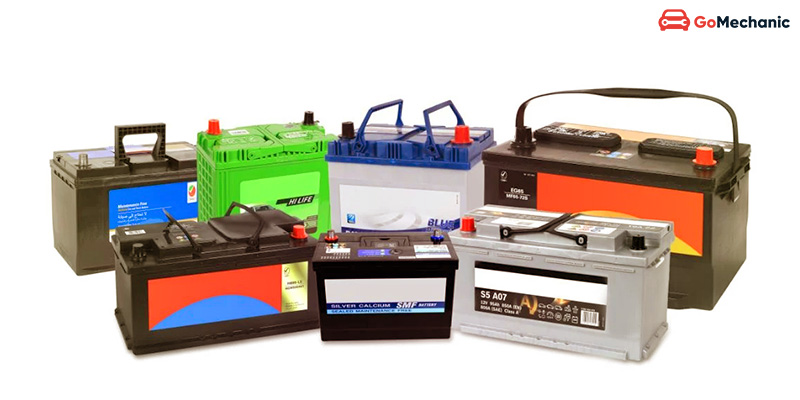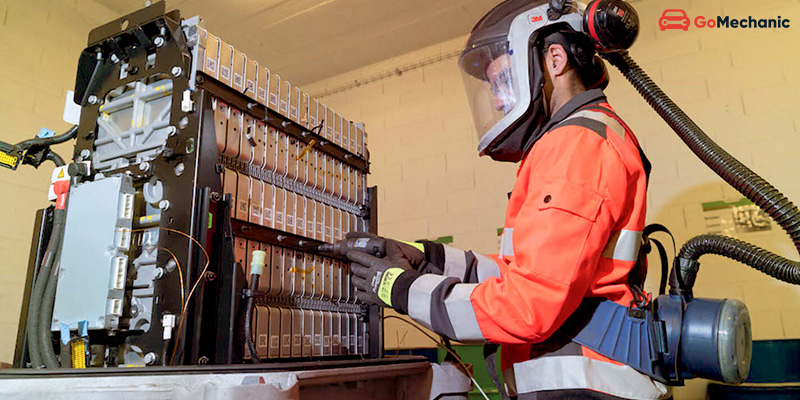Car Battery recycling stands as a pivotal component in our journey toward sustainability, emphasizing the conservation of resources and the protection of our environment. It directly addresses the challenges posed by various car battery types, ensuring that harmful materials do not pollute our land and water, and plays a significant role in energy conservation and fire risk reduction. The following refined analysis presents a concise overview, focusing on the importance, methods, innovations, and practices in battery recycling, structured to fit within 1000 words.
Importance of Battery Recycling
- Prevents Pollution: Proper disposal of batteries eliminates harmful substances like lead and mercury from contaminating the environment.
- Conserves Resources: Recycling reduces the need for raw material extraction, recovering valuable elements such as cobalt, lithium, and nickel, thus diminishing energy consumption in mining activities.
- Promotes Circular Economy: It encourages the sustainable use of battery components, reducing electronic waste and supporting the reutilization of resources.
Also Read: Right Time to Get Your Car Battery Replaced
Types of Batteries and Recycling Methods

- Lead-Acid Batteries: Predominantly found in vehicles, they have a high recycling rate due to effective processes that neutralize acid and recover lead.
- Lithium-Ion Batteries: Essential for electric vehicles (EVs) and portable electronics, their recycling is challenging but evolving with mechanical and hydrometallurgical techniques showing promise.
- Nickel-Metal Hydride Batteries: Used in hybrid vehicles, recyclable through methods focusing on metal recovery.
- Nickel-Cadmium Batteries: Despite their toxicity, they are efficiently recyclable.
Environmental Impact:
- Hazardous Chemicals: Emphasizes the necessity of recycling to prevent lead, cadmium, and lithium from causing environmental harm.
- Resource Depletion and Carbon Footprint: Highlights how recycling aids in conserving natural resources and reducing emissions associated with car battery production.
Innovations in Recycling Technologies
- Direct Recycling: Focuses on retaining the purity of valuable metals like nickel, cobalt, and lithium directly from used batteries.
- Hydrometallurgical Processes and Bioleaching: These methods offer environmentally friendly alternatives for metal recovery, using chemical solutions and biological agents, respectively.
- Lithium Recovery and Solid-State Battery Recycling: Improvements in these areas cater to the effective recycling of modern batteries, including those in development like solid-state batteries.
- Automated Sorting and Disassembly: Enhances efficiency by using robotics to categorize and dismantle batteries, streamlining the recycling process.
Guide to Battery Recycling
- Preparation: Wearing protective gear and cleaning the battery.
- Finding Recycling Options: Utilizing online platforms or local resources to identify recycling centers.
- Understanding Program Requirements: Verifying the process, including drop-off protocols and fees.
- Safe Transportation: Ensuring batteries are transported upright and terminals are insulated to prevent shorts.
- Eco-Friendly Replacement: Opting for batteries from sustainable sources for replacements.
Special Recycling Considerations

- Differentiate between rechargeable and single-use batteries to apply appropriate recycling methods, with a focus on safety and efficiency for each type.
- Lead-Acid Batteries: Typically recycled at auto shops with potential discounts for new purchases.
- Rechargeable Batteries: Remove from devices, secure contacts, and recycle at specialized centers.
- Single-Use Batteries: Less hazardous but recyclable for metal recovery.
Legislation and Policy Impact
- Global Initiatives: Regulations enhance recycling by setting collection targets and implementing Extended Producer Responsibility (EPR) mandates, ensuring producers contribute to the recycling process.
- Regional Approaches: Varying laws across the European Union, United States, China, and other regions reflect the global commitment to improving car battery recycling efficiency and technology.
Role of Manufacturers and Companies
- Take-Back Programs: Crucial for recycling efficiency, these programs ensure batteries are returned for recycling.
- Compliance and Stewardship: Align with environmental standards, demonstrating corporate responsibility towards sustainable practices.
Visit Here: Car Battery Replacement
Alternatives to Disposable Batteries
- Solar Chargers and Manual Alternatives: Promote the use of renewable energy sources and kinetic energy devices.
- Rechargeable Batteries: Offer a sustainable option by reducing waste and extending battery life through proper maintenance.
Future Challenges and Opportunities
- Complex Chemistry and Logistics: Addressing the difficulty in recycling due to battery complexity and establishing efficient collection systems.
- Economic and Regulatory Variability: Overcoming the high costs of recycling and navigating diverse global regulations.
- Technological Advancements: Keeping pace with battery innovation through research in direct recycling, bioleaching, and improved regulatory support.
Conclusion
Car Battery recycling is an essential aspect of environmental sustainability, crucial for managing the disposal and reuse of batteries from a wide range of applications, including electric vehicles. Innovations in recycling technologies, alongside evolving global regulations, are making significant strides in enhancing recycling efforts. By actively participating in battery recycling processes and supporting eco-friendly alternatives, communities can significantly contribute to resource conservation, pollution reduction.





